Longterm Preservation & Use of Aloe Vera
The Egyptians Called Aloe the ‘Plant of Immortality.’
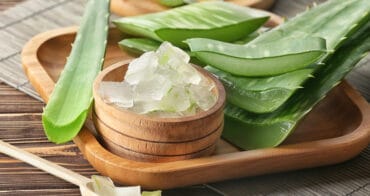 Aloe vera may resemble a cactus, but taxonomically, it’s a member of the Asphodelaceae family, not the cactus
Aloe vera may resemble a cactus, but taxonomically, it’s a member of the Asphodelaceae family, not the cactus
family. There are currently about 580 species of Aloe. This evergreen perennial is native to the Arabian peninsula but is now grown worldwide. Ancient Egyptians used aloe at least 6,000 years ago. Cleopatra used the leaf in her beauty routines, and Alexander the Great used it to treat wounded soldiers. It has hydrating, antibacterial, antifungal, purgative, and antiviral properties.

I am not an herbalist or doctor, so I will leave the ingestion of aloe up to you and your own research. I will only have a word of caution when it comes to ingestion which you would be wise to heed, especially if you have a latex allergy. I will dehydrate and freeze-dry aloe in this video and compare the results. Each has its own benefits and drawbacks, of course. Whichever method you choose, I think this is a plant you should get stored in your preps.
PREPARING THE GEL FROM THE LEAF
Processing whole leaves is easy, especially if the leaves are fresh. Processing involves separating the green skin and any colored layers from the soft aloe gel in the center of the leaf. Do not skip this step. Between the green skin and the more translucent inner pulp is a latex. Aloe latex is a bitter yellow exudate from the pericyclic tubules in the outer skin of the leaves. If you have a latex allergy, that can be very bad for you. Even without an allergy, however, this latex is purgative in nature, meaning that it has a laxative effect when ingested in small doses. However, large amounts can shut down your kidney and damage your liver. I have seen other videos where aloe vera is dehydrated with the skin. If you do this, mark it for topical and cosmetic use only. While not as toxic as many natural compounds in nature, there isn’t a means outside of a sample studied in a laboratory to determine the level of the anthraquinone aloin– that latex. Even with the skin removed, trace amounts remain, which is why I can’t advise you to use even the dehydrated or freeze-dried pulp in any manner other than topical.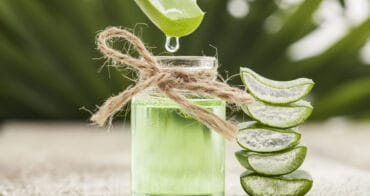
With that said, removing the skin and thereby removing the majority of the harmful latex substance is relatively easy. Begin by cutting off the spines on both sides of the leaf. Then, just as you would filet a fish, run your knife under the skin and separate the clear pulp from any colored parts. Unfortunately, when I harvested my aloe, I didn’t have the time to process it, so I froze it. This made the filleting of it much harder. I used a spoon for any non-gel substance left behind, and I even tried a vegetable peeler. Eventually, I was left with several good samples to put to the test. I will freeze-dry one set and dehydrate the other, but I will also freeze-dry some aloe vera gel liquid that I picked up. Obviously, you can’t dehydrate the pure liquid, but I should be able to get the liquid to dry to a powder in the freeze-dryer, which is one clear advantage of that method. The scraps can be added to a hole before planting vegetables like tomatoes. They will provide critical minerals and provide the roots with consistent moisture levels.
DEHYDRATING ALOE VERA GEL
To retain as many of the natural components of the Aloe as possible, you want to dehydrate the aloe in the lowest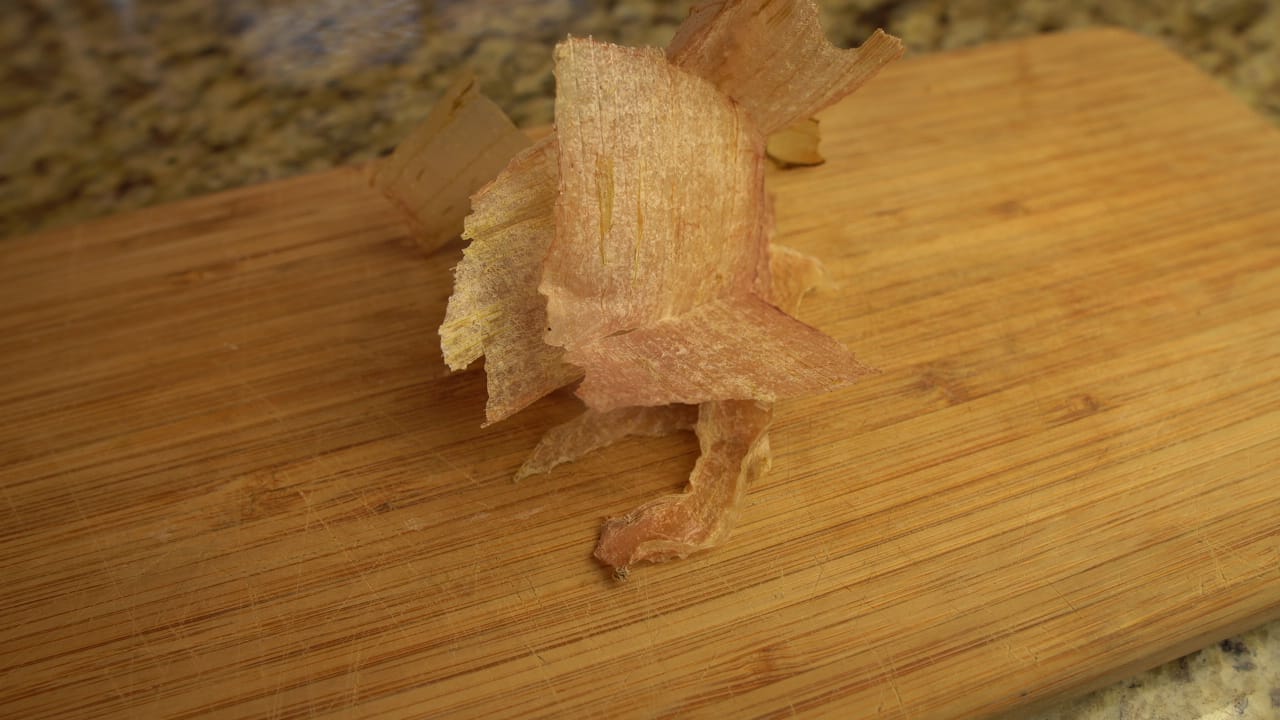 possible setting. If you don’t have the means to regulate the temperature on your dehydrator, you will lose some of the functional components of the aloe vera. Here your intended purpose for this finished product is the determinant of the method you want to use. Aloe vera is a rich source of antioxidants and vitamins that can offer relief and even treat several common skin afflictions. Aloe contains several minerals: Potassium, Sodium, Calcium, Magnesium, Manganese, Iron, Copper, and Zinc. Studies show that these mineral elements remain reasonably consistent, whichever drying method you choose. They say that if you wish to stay forever young, you should use aloe vera regularly.
possible setting. If you don’t have the means to regulate the temperature on your dehydrator, you will lose some of the functional components of the aloe vera. Here your intended purpose for this finished product is the determinant of the method you want to use. Aloe vera is a rich source of antioxidants and vitamins that can offer relief and even treat several common skin afflictions. Aloe contains several minerals: Potassium, Sodium, Calcium, Magnesium, Manganese, Iron, Copper, and Zinc. Studies show that these mineral elements remain reasonably consistent, whichever drying method you choose. They say that if you wish to stay forever young, you should use aloe vera regularly.
The main components lost during dehydration are polysaccharides, enzymes, and hormones. Polysaccharides provide an energy source when consumed, provide dietary fiber, support gut flora, and pancreatic function, and promote circulation. They have also been shown to have some anti-tumor and anti-inflammatory qualities. If you don’t plan on ingesting it anyways, dehydration will be as effective as freeze-drying.
Selecting the lowest setting on my dehydrator, I put several of the fillets into the dehydrator. After a day and a half, they were done. They were paper-thin, and they broke apart easily when bent. I was surprised at how paper-thin they became. These hydrate easily. I can see applying these thin sheets directly to damp skin in this form. In this way, they could easily offer a protective barrier to minor abrasions. In fact, aloe juice is often dried to make a tincture of benzoin, a sticky material used to make bandage materials stick to the skin. These paper-thin layers could easily be stacked and compressed in their dry form to make a ready-for-use bandage or protective layer for the skin.
To take a look at the freeze-dryer I use visit:
HarvestRight: https://bit.ly/2YYjjCw
To see dehydrators like the ones I used in this video visit:
Excalibur: https://amzn.to/3FjogXi
FREEZE DRYING ALOE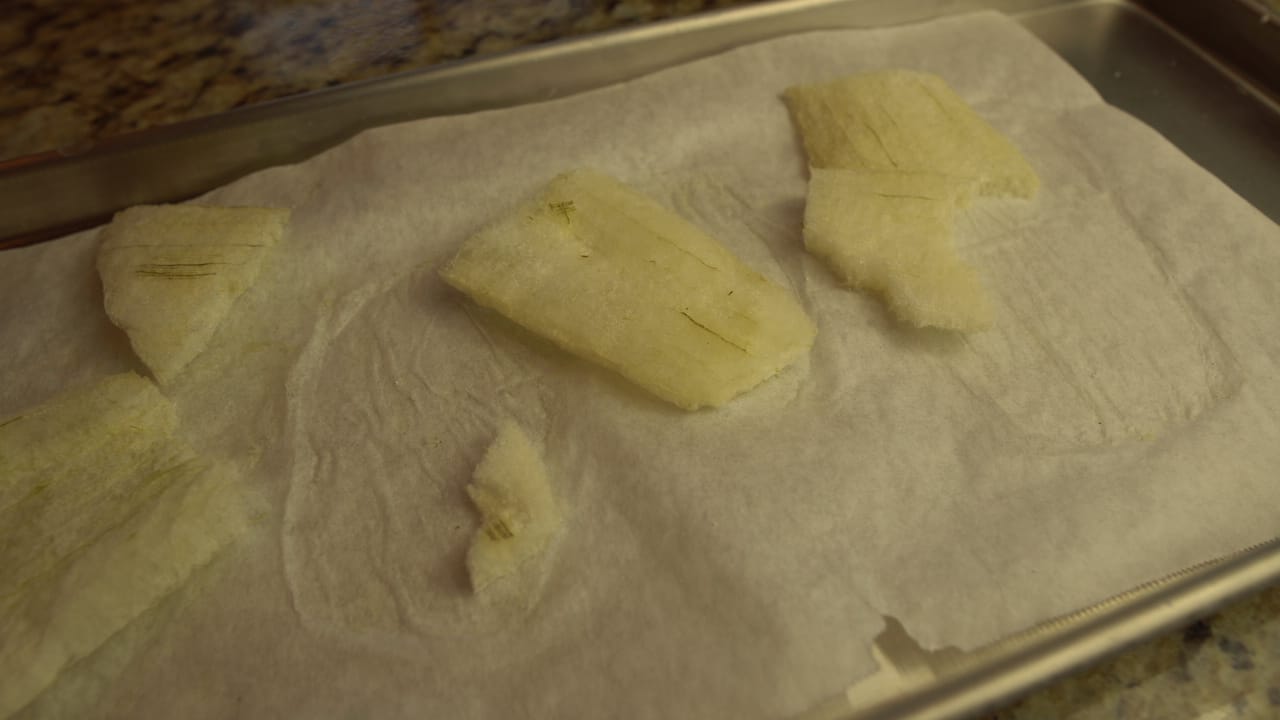 Freeze-drying retains all of the vitamins, sugars, enzymes, fatty acids, and minerals. It even allows you to retain hormones like auxins and gibberellins that help in wound healing and have anti-inflammatory action. This preservation method provides you with the freshest and most well-preserved rehydrated product. Freeze drying sublimates off the water in a gas, so the structure of the aloe filet is better retained. It takes on the consistency of styrofoam. I also wanted to freeze-dry aloe vera juice for this experiment, which cannot be done in a dehydrator. The juice I purchased was as natural as I could find and was processed in a procedure called decolorization. Essentially, this means the latex components harmful to consumption have been removed. This liquid also uses citric acid and Potassium Sorbate as preservatives. That’s fine, but the citric acid will concentrate in the freeze-drying process and create a puckering sour flavor when concentrated. That’s important to know if you plan to dilute it later and ingest it. Adding citric acid and potassium sorbate will enhance the freeze-dried aloe
Freeze-drying retains all of the vitamins, sugars, enzymes, fatty acids, and minerals. It even allows you to retain hormones like auxins and gibberellins that help in wound healing and have anti-inflammatory action. This preservation method provides you with the freshest and most well-preserved rehydrated product. Freeze drying sublimates off the water in a gas, so the structure of the aloe filet is better retained. It takes on the consistency of styrofoam. I also wanted to freeze-dry aloe vera juice for this experiment, which cannot be done in a dehydrator. The juice I purchased was as natural as I could find and was processed in a procedure called decolorization. Essentially, this means the latex components harmful to consumption have been removed. This liquid also uses citric acid and Potassium Sorbate as preservatives. That’s fine, but the citric acid will concentrate in the freeze-drying process and create a puckering sour flavor when concentrated. That’s important to know if you plan to dilute it later and ingest it. Adding citric acid and potassium sorbate will enhance the freeze-dried aloe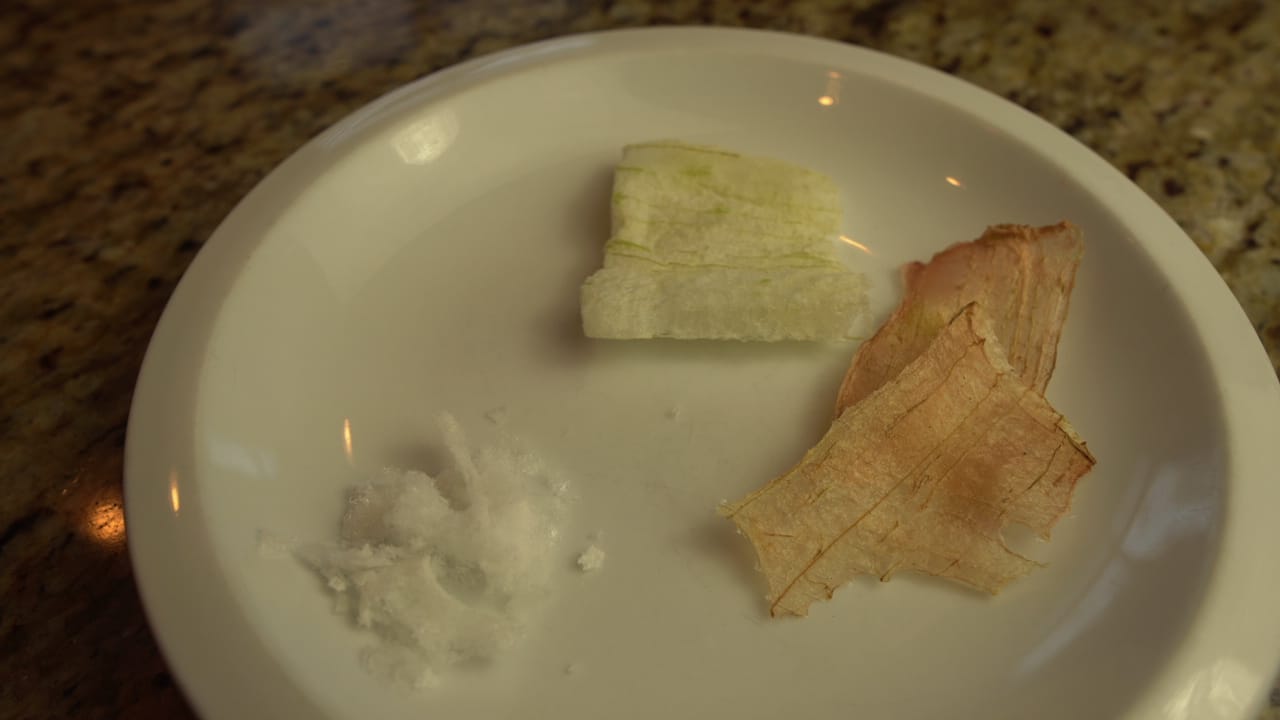 powder’s antimicrobial and antifungal properties. I would think this will make it an excellent component for salves for wounds. To prep the liquid, I simply poured it into some ziplock baggies and froze it flat. I then removed the baggie and placed it on the parchment paper-lined tray.
powder’s antimicrobial and antifungal properties. I would think this will make it an excellent component for salves for wounds. To prep the liquid, I simply poured it into some ziplock baggies and froze it flat. I then removed the baggie and placed it on the parchment paper-lined tray.
I was shocked that the machine indicated it was done after only 16 hours. It wasn’t. The sensors in a freeze-dryer are really sensitive, and I find the best method is not to mix substances but to do all one kind of thing. In this case, I tried the filets along with the liquid. My result after the first was filets that were all done, except for one, and a liquid goo that was dry in some places and sticky in others. I put it back in the freeze-dryer, refroze it, and reran it because the whole point of the freeze-dryer is to remove 99% of the water, retain the natural components and nutrition, and create a shelf-life of 25-years. Any moisture in your mix at all and it will not preserve properly.
After the second run of 24-hours, where I manually added additional time, it was a styrofoam consistency. It easily broke apart. The liquid needed another run all by itself to get to an easy powder-able and non-sticky consistency.
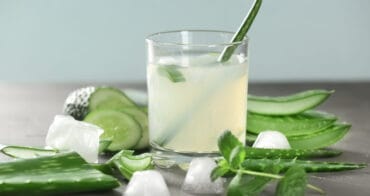
Because the juice I used was intended for ingestion, I could easily reconstitute up to 1/2 teaspoon of the dried powder into any beverage or juice for a refreshing and hydrating, healthy beverage that will provide several trace minerals my body will need after a disaster.
REHYDRATION AND USE
I can imagine several uses for this preparation. To rehydrate, simply place in some water. The freeze-dried form will rehydrate better and faster, but both rehydrate well overall. For burns and minor abrasions, you can simply wet the filet and apply it directly to the skin, and I think this is the best use for this preparation. For the freeze-dried powder with the added preservatives, I will powder it down and store it in a jar for use in everything from homemade sunscreen and sunburn treatment to smoothies and a hydrating mask. I am planning on making another batch of homemade hydrating soap soon, so I will also add the powder to that. With 99% of the water removed, I won’t have to drastically recalculate my ratios in the soap-making process.
WHY ALOE?
You may only be familiar with aloe for its cooling and soothing effects on sunburns, burns, skin ulcers, insect bites, and minor abrasions. Still, it is also used effectively as an antimicrobial barrier to prevent infections. While it doesn’t have any Sun Protection Factor (SPF) on its own, it can be formulated into a home sunscreen with the addition of zinc oxide, coconut oil, shea butter, and similar protecting oils and minerals. There is definitely a place for aloe in your preps, and drying it allows you to pack away copious amounts of it for emergency use to treat the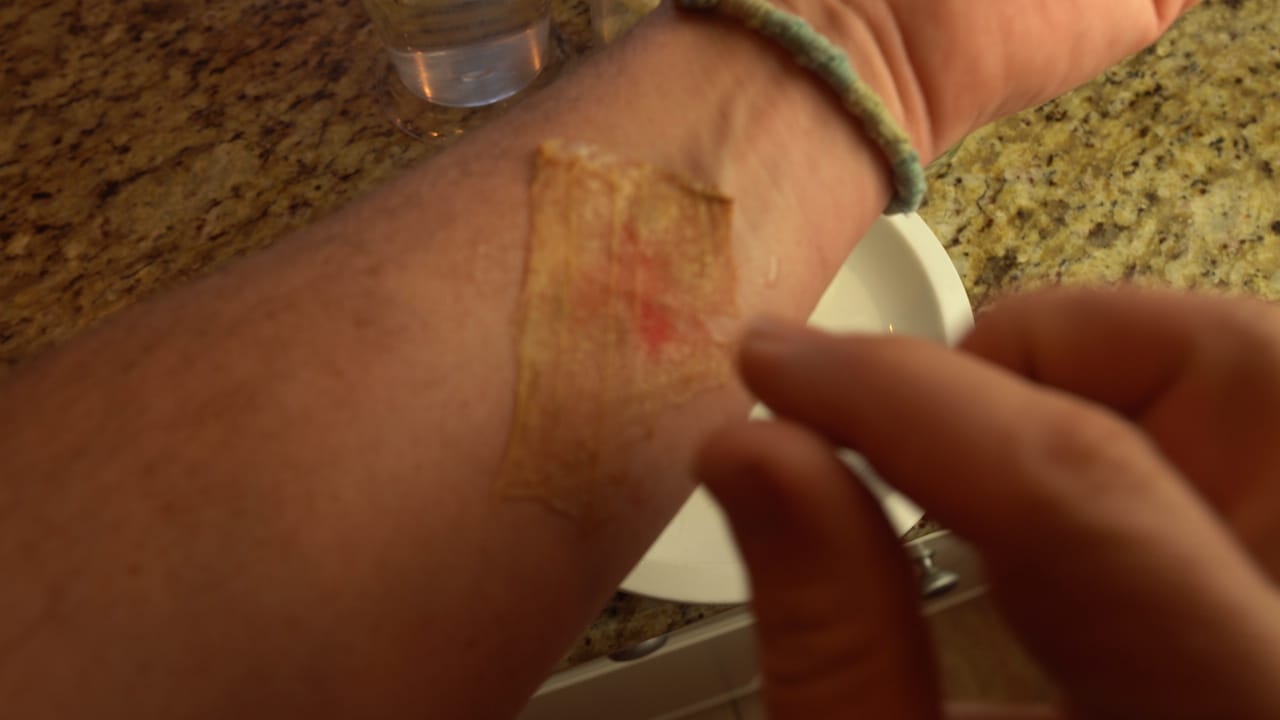 frequent abrasions and wounds that are the hallmark of the aftermath of a disaster.
frequent abrasions and wounds that are the hallmark of the aftermath of a disaster.
Aloe Vera provides 20 of the 22 human-required amino acids and seven of the eight essential amino acids. It also contains salicylic acid, which possesses anti-inflammatory and antibacterial properties. It contains essential vitamins, enzymes, minerals, sugars, phenolic compounds, fatty acids, and even hormones. Aloe has both moisturizing and antiseptic qualities. It is no wonder that a plant packed with many uses and health benefits earned the name the Plant of Immortality, as the Egyptians called it.
CONCLUSION
You probably won’t die if you don’t have dehydrated or freeze-dried aloe in your preps, but that’s not the point. The reality is that freeze-dried or dehydrated aloe vera can be used in numerous ways and has many health benefits and applications. Whether ingested or in a more accessible topical format, aloe vera can be preserved for a long time when dehydrated or freeze-dried. Using it is as simple as adding water. Just a small amount of dehydrated or freeze-dried aloe added to your inventory will give you a better solution than topical creams or band-aids when there simply aren’t available. Mixing the powder in a salve of honey can create a barrier on your skin to protect minor cuts and abrasions from infection. After a disaster, even the smallest of open wounds can become infected and potentially life-threatening. Therefore, I put this method of preserving aloe in there with your essential first-aid preps.
As to which method is superior, dehydrating or freeze-drying, that comes down to a choice centered around finances and your final application. Freeze-dryers are expensive, but they are your only option for the longest shelf-life of the pharmaceutical-grade end product. This is your best method if you plan on ingesting it at all. If you plan on using your freeze-dried aloe for your own line of cosmetic or soap products or for the longest possible shelf-stable life, it would be worth the expenditure for the higher quality and purer product produced. Freeze-dried aloe powder sells for an average of six dollars per ounce.
Dehydrating aloe is clearly effective for topical use, but I would still be hesitant about ingesting it in any significant quantity, mainly since aloe is sometimes prescribed to relieve constipation. With that understood, though, I see a clear and practical use for these paper-like dehydrated sheets applied to minor abrasions, scratches, or burns. In this manner, they will offer some relief and protect against infection in the wound.
If you would like to take a look at the freeze-dryer I use, I will provide a link below. You can also see some of my other freeze-drying videos from the links provided in the comments.
As always, stay safe out there.
LINKS
Freeze-Dried Lemon Powder, Lozenges, and More – https://youtu.be/fUKs4Jnm3hU
Do-It-Yourself Freeze-dried MREs – https://youtu.be/eLzpr-PmDbY
How to Make Freeze Dried Taco Meat – https://youtu.be/r5gBITxsr4Y
HarvestRight: https://bit.ly/2YYjjCw


